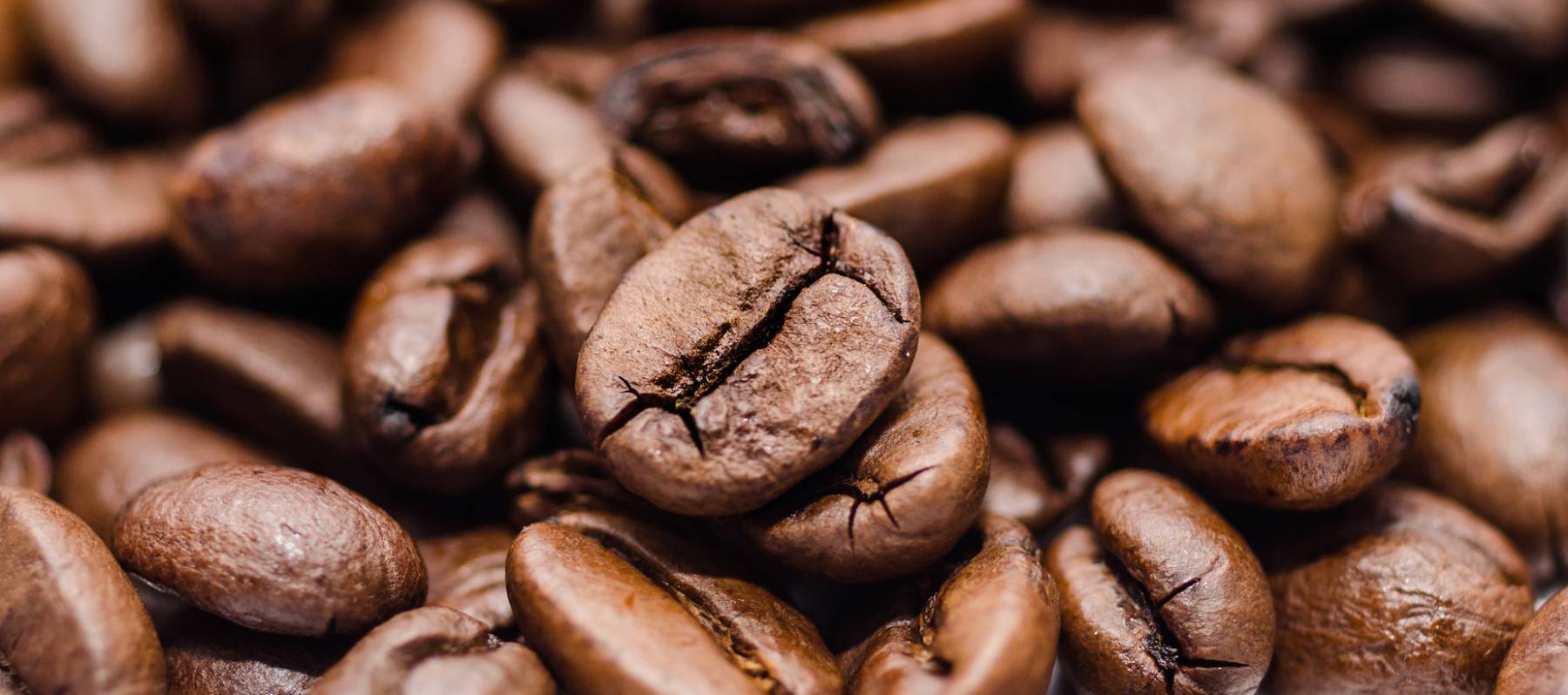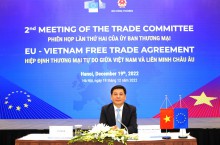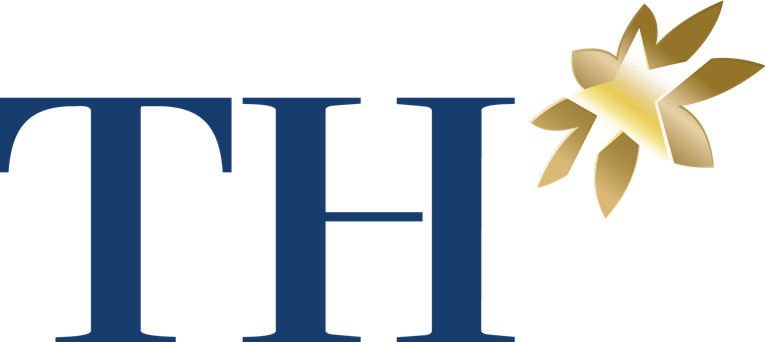The News
Vietnam's coffee exports to the EU in 2021 decreased due to the Covid-19 pandemic
The European Union (EU) is currently the largest global coffee consumption market, accounting for 47.9% of the total value of imports worldwide. The EU's coffee import rate in the 2015-2020 period grew at an average rate of 0.3%⁄year, reaching an average of USD 14.6 billion⁄year (according to statistics from the International Trade Center).
The European Union (EU) is currently the largest global coffee consumption market, accounting for 47.9% of the total value of imports worldwide. The EU's coffee import rate in the 2015-2020 period grew at an average rate of 0.3%⁄year, reaching an average of USD 14.6 billion⁄year (according to statistics from the International Trade Center).
Thus, the EU is an important coffee export market for all producing countries in the world. The EU is also Vietnam's largest coffee export market, accounting for 40% of the total volume and 38% of the country's total export turnover (average value of coffee exports to the EU is 1.2 - 1.4 billion USD/year for the past 5 years). The promotion of coffee exports to the EU market will help the industry grow stably and affirm its foothold in the world market. Since taking effect, the EVFTA Agreement has brought taxes on many Vietnamese coffee product lines to 0%, creating favorable conditions for Vietnam's coffee industry to increase value and expand market share in the EU. The complicated developments of the Covid-19 pandemic combined with difficulties in logistics activities caused Vietnam's coffee exports to the EU in the first 11 months of 2021 to decrease in volume, but increase in value (due to increased export prices).

According to statistics from the General Department of Customs, coffee exports to the EU in the 11 months of 2021 reached approximately 509 thousand tons, worth US$938.72 million, down 11.6% in volume, but up 0.5 % in value over the same period in 2020. In which, Vietnam's coffee exports to many EU member markets decreased, but exports to Germany, Hungary and Estonia increased.
The fact that Vietnam's coffee industry maintains its growth rate to the German market in 2021 is considered quite successful. Because Germany is Vietnam's largest coffee export market, at the same time Germany is also the largest coffee consuming market in the EU. Germany is also an important transshipment gateway for Vietnamese goods to other markets in Europe. Meanwhile, coffee is one of the agricultural products Germany has to depend on imports. Germany's coffee roasting industry is huge, serving both the domestic market - the largest in Europe, and the export market. Notably, Vietnam's coffee exports to the Hungarian market in the 11 months of 2021 increased by 536.7% in volume and 505.9% in value, reaching approximately 1.6 thousand tons, worth 7,2 million USD; Vietnam's coffee exports to Estonia increased by 387% in volume and 316.7% in value, reaching 269 tons, worth 563 thousand USD. However, coffee exports to Hungary and Estonia are low, so this is still only a potential market for Vietnam's coffee industry.
The structure of Vietnam's coffee exports to the EU mainly focuses on unroasted and decaffeinated coffee (HS code 090111110), the export volume is approximately 482 thousand tons, worth 838 million USD in the first 11 months of 2021, down 12.8% in volume and 1.2% in value over the same period in 2020. Exports of many varieties of coffee to the EU increased, but the export value was low, has not contributed much to the overall growth of the industry.
In general, 2021 is a relatively difficult year for Vietnam's coffee exports to the EU. With the results of exports to the EU achieved in the first 11 months of 2021, it is estimated that Vietnam's coffee exports to the EU in the whole year of 2021 will reach 556 thousand tons, worth over 1 billion USD, down 7.9% in volume, but increased by 6.3% in value compared to 2020. It is forecasted that in 2022, Vietnam's coffee exports to the EU will prosper again. EVFTA will help Vietnam's coffee industry create a competitive advantage in the EU. The shortage of shipping containers and the problem of logistics costs in 2022 will likely not be as stressful as in 2021, creating favorable conditions for customs clearance activities. Meanwhile, the EU's coffee import market capacity is very large, and Vietnam still has plenty of room to boost exports in 2022, thanks to the advantage of export tax rates and an increased supply of high-quality coffee.
According to Eurostat data, in the first nine months of 2021, the EU imported coffee (HS code 090111; 090112; 090121; 090122; 090190) reaching 3.1 million tons, worth 10.38 billion EUR ($11.73 billion), an increase of 1.2% in volume and 4.4% in value over the same period in 2020. In which, Brazil is the largest source of coffee for the EU, with a volume of 785 thousand tons, worth 1.6 billion EUR ($1.81 billion), up 17.1% in volume and 15.6% in value. Brazil's share of coffee in total EU imports increased from 30.61% in the first 9 months of 2020 to 36.15% in the first 9 months of 2021. In contrast, the EU reduced coffee imports from Vietnam, a decrease of 20.3% in volume and a decrease of 20.1% in value over the same period in 2020, reaching 413 thousand tons, worth EUR 616 million (US$697 million). Vietnam's coffee market share in total EU imports decreased from 23.69% in the first nine months of 2020 to 19.04% in the first nine months of 2021.
Vietnam and Brazil both have Free Trade Agreements with the EU. Therefore, both countries benefit from tax rates on coffee exports to the EU. Each supplying country plays a different role, targeting certain segments of the EU coffee industry. Brazil is a major supplier of both Robusta and Arabica varieties, accounting for 71% of Arabica. Meanwhile, Vietnam focuses on producing and exporting Robusta coffee. Currently, the EU market's demand for high-quality processed and high-quality coffee is on the rise. Therefore, the potential for coffee exports to the EU is huge, if market demand is well exploited and product quality requirements are met.

-cr-220x145.jfif)


